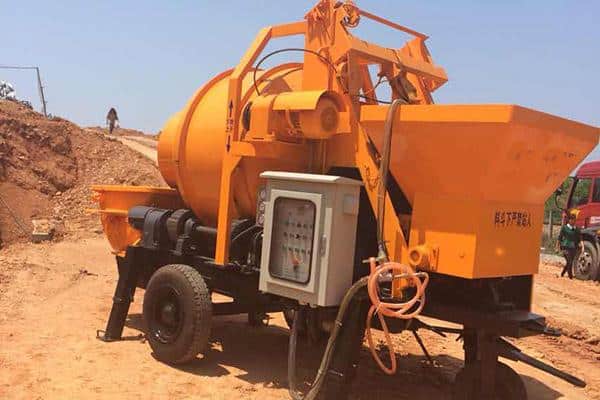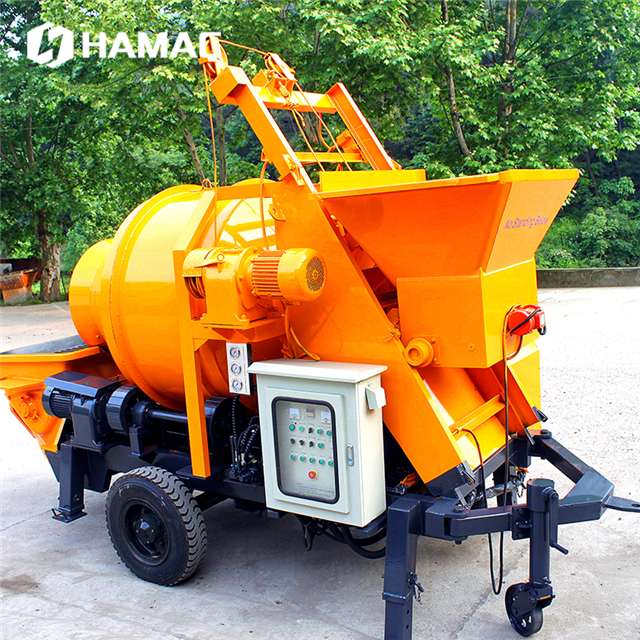How to Troubleshoot Common Issues with Trailer Concrete Mixer Pumps
Last Updated: 2025-08-11
Trailer concrete mixer pumps are vital for efficient concrete transportation and pouring on construction sites. However, like any heavy machinery, they can encounter common problems of trailer concrete mixer pumps that disrupt operations. Below is a guide to troubleshooting these issues to keep your equipment running smoothly.
1. Pump Delivery Pressure Too Low
A drop in pressure often halts concrete placement. Start by checking the hydraulic oil level—low oil reduces system efficiency. Next, inspect hydraulic filters for clogs; dirty filters restrict flow. If these are clear, test the pump’s pressure relief valve—overly sensitive settings may need recalibration. Finally, worn pump cylinders or seals could be the culprit; replace damaged parts to restore pressure.

2. Concrete Pipeline Blockages
Blockages typically stem from improper concrete mix (e.g., overly thick slurry or large aggregates) or residual material in pipes. First, pause operation and reverse the pump to dislodge minor clogs. For persistent blockages, disconnect the pipeline and manually clear debris with a rod. Prevent future issues by ensuring concrete slump meets specifications (4–6 inches) and flushing pipes with water post-use.
3. Motor or Hydraulic System Malfunctions
Electrical or hydraulic failures can halt the entire unit. Check the power source first: verify the generator/fuel supply for engine-driven models, or inspect circuit breakers and wiring for electric units. For hydraulic systems, look for leaks in hoses or connections—tighten fittings or replace damaged lines. If the motor runs but the pump doesn’t activate, test the solenoid valve; a faulty valve may need cleaning or replacement.

4. Uneven Concrete Mixing
Poor mixing results in inconsistent concrete quality. Inspect mixing blades for wear or misalignment—dull blades fail to agitate materials evenly. Adjust the mixing speed via the control panel; slower speeds may under-mix, while overly fast speeds can damage components. Additionally, check the hopper for blockages—debris can restrict material flow into the mixing chamber.
5. Remote Control Malfunctions
Modern trailer pumps rely on remote controls for precision. If commands aren’t registering, replace the remote’s batteries first. Ensure the remote and receiver are within line of sight (obstacles can block signals). For wireless models, check for radio frequency interference from nearby equipment. If issues persist, inspect wiring between the remote receiver and pump control system for damage.
Pro Tips for Prevention
Regular maintenance is key: change hydraulic oil every 500 hours, lubricate moving parts monthly, and inspect hoses for cracks. Train operators on proper concrete mixing ratios and pump startup/shutdown procedures to reduce wear.
By systematically addressing these common issues, you can keep your trailer concrete mixer pump running efficiently, ensuring project timelines stay on track.
TAG: Common problems of trailer concrete mixer pumpTrailer Concrete Mixer Pumptrailer concrete mixing pump
